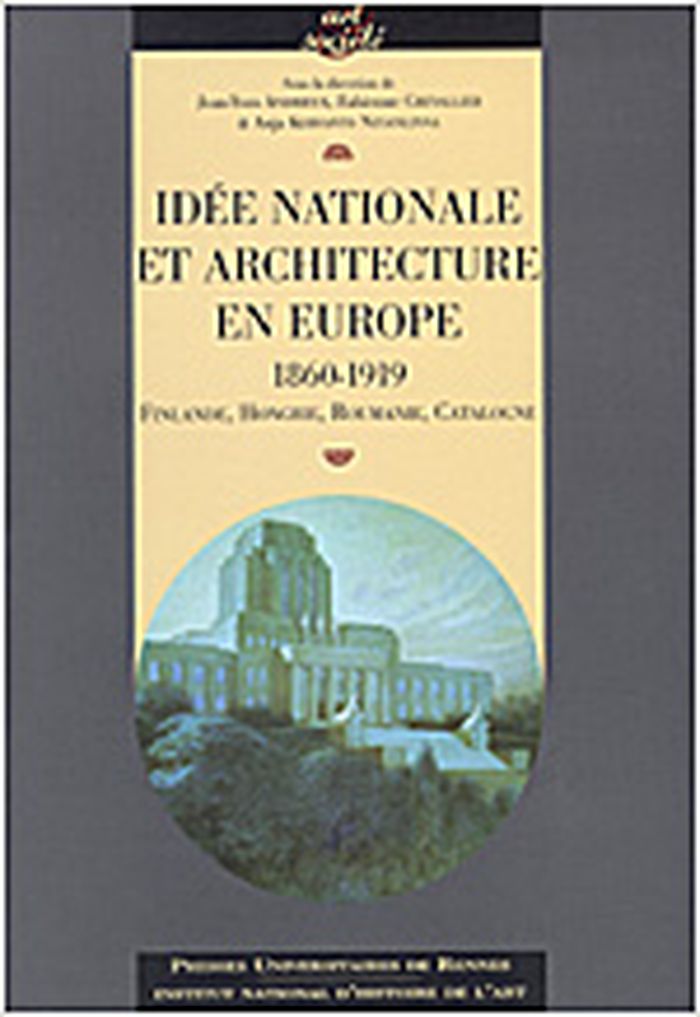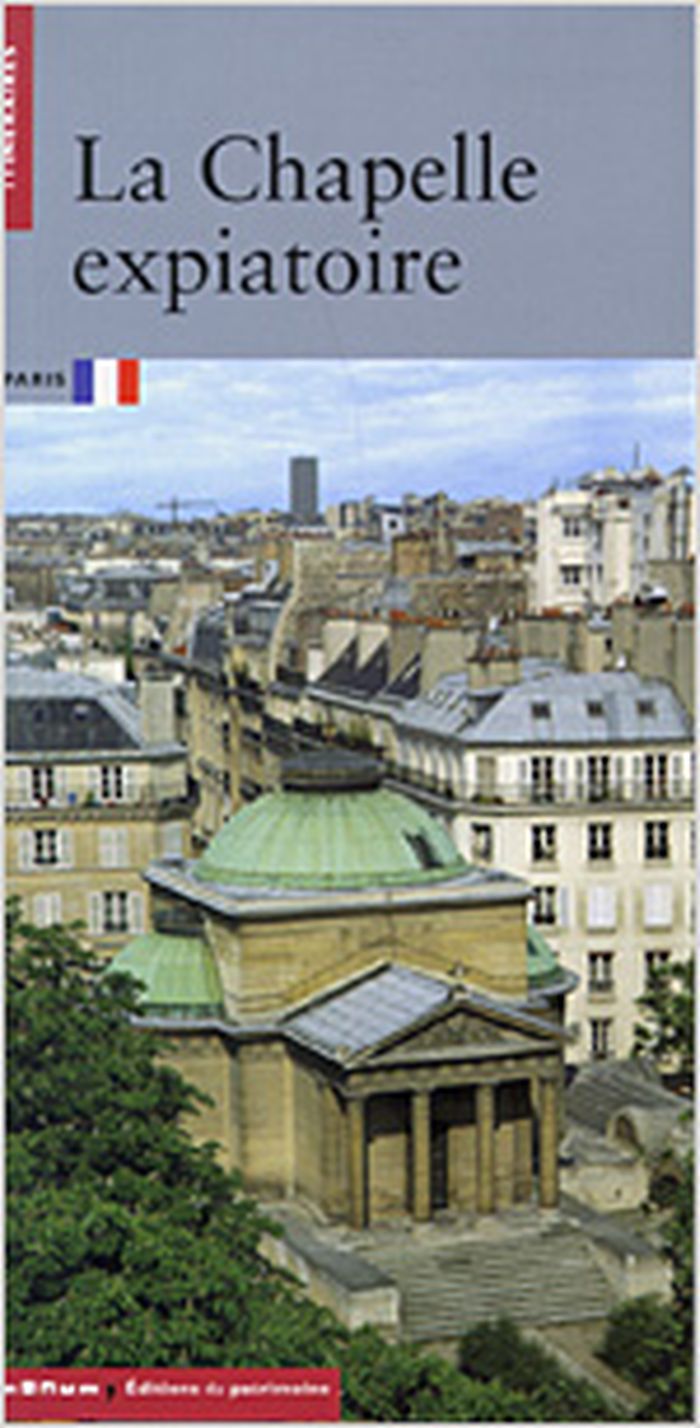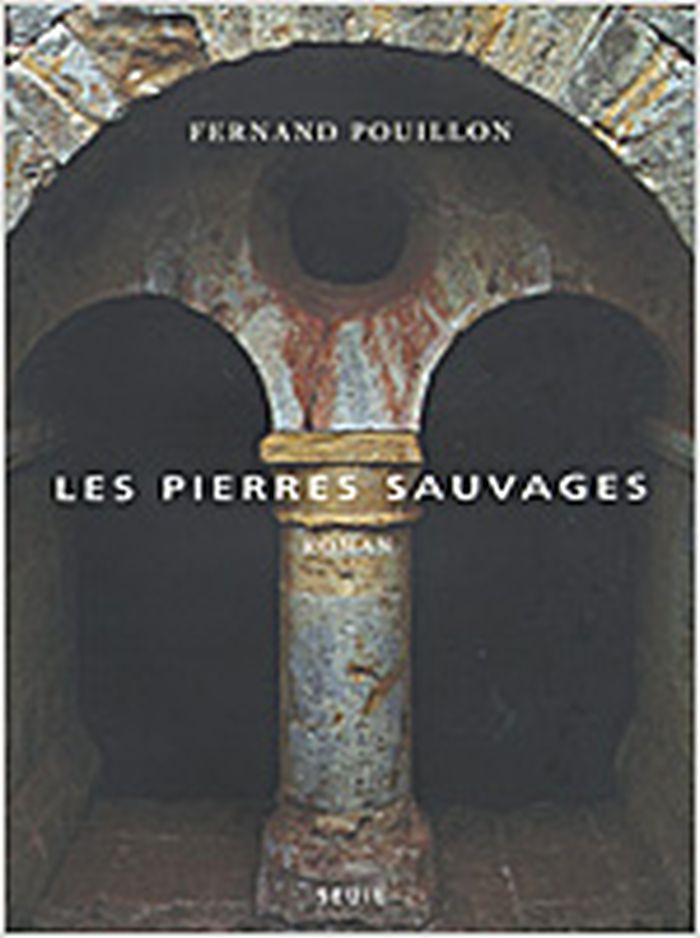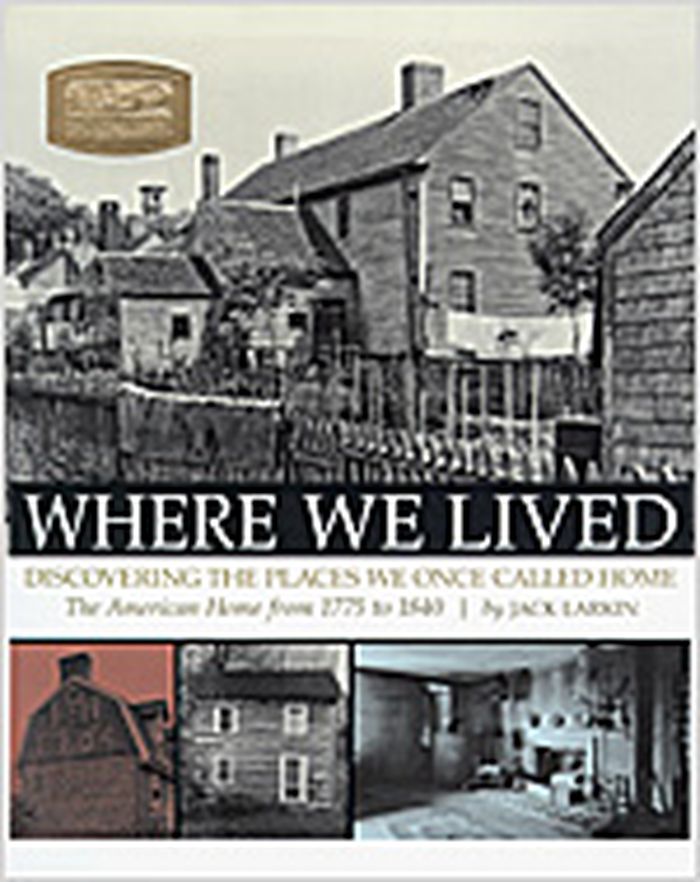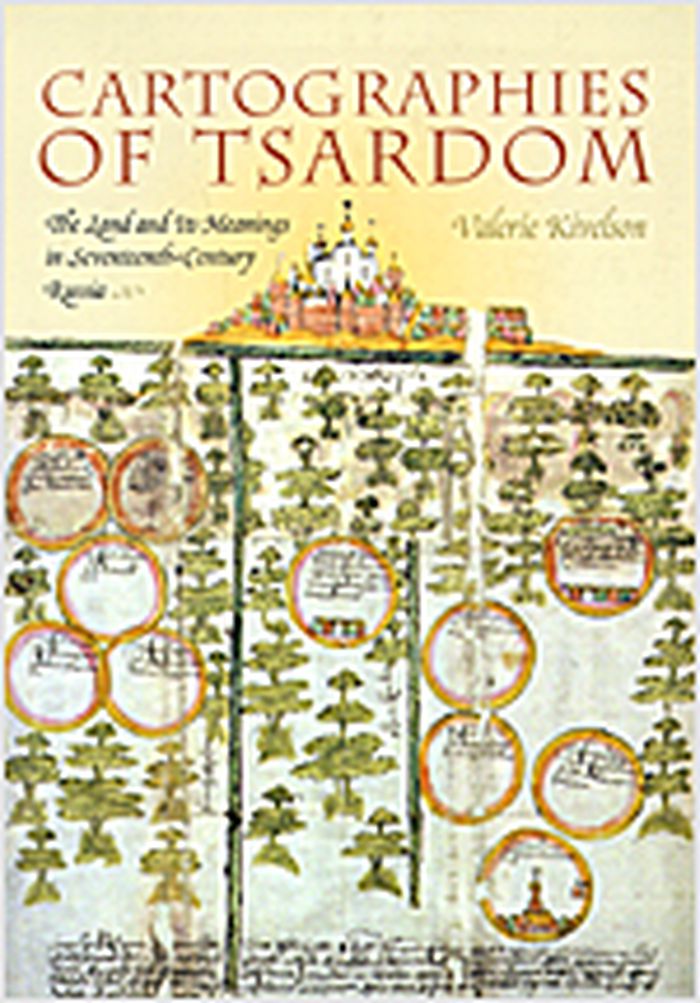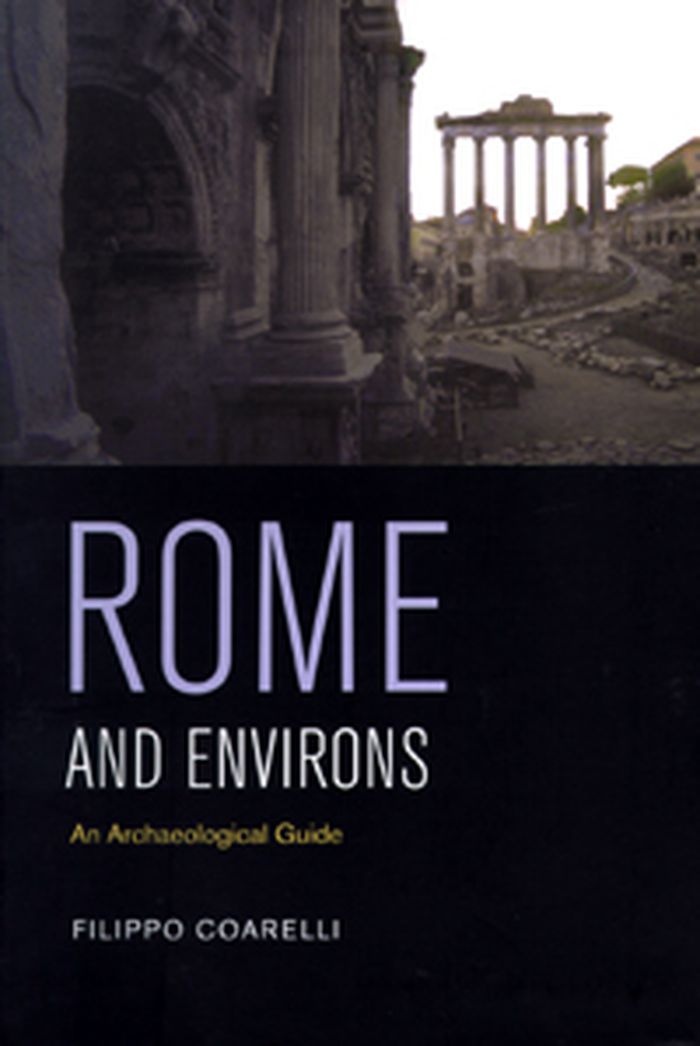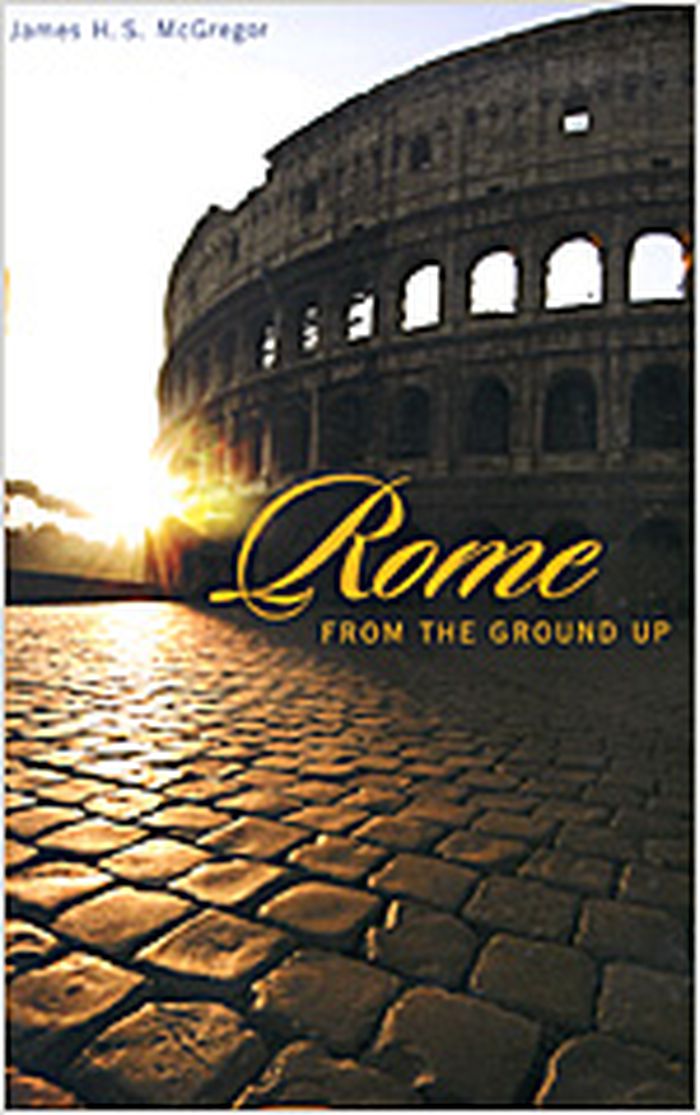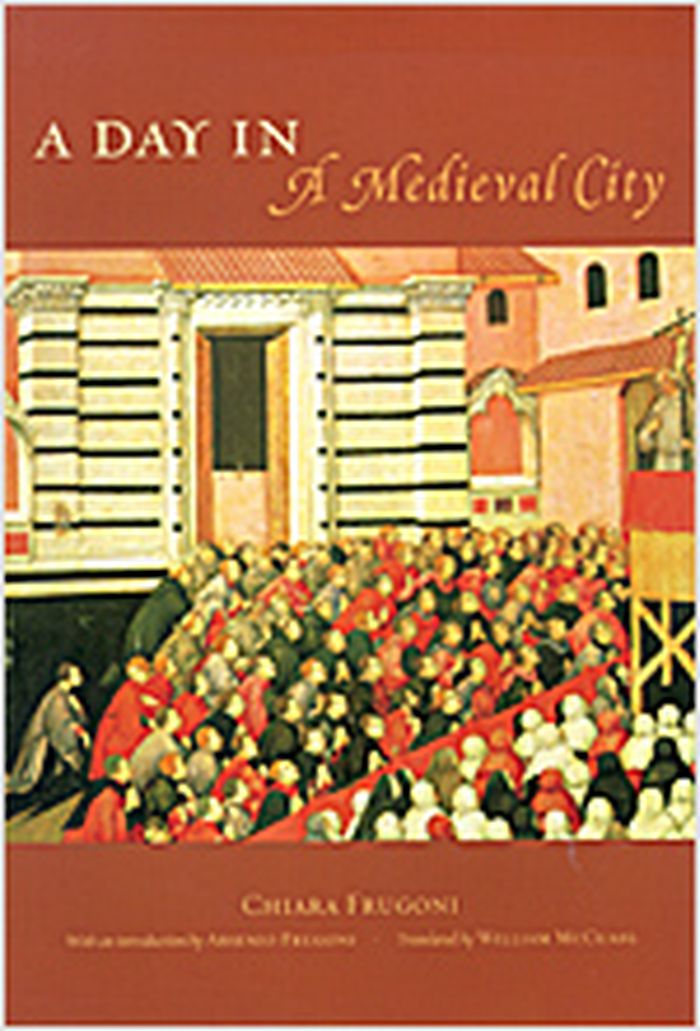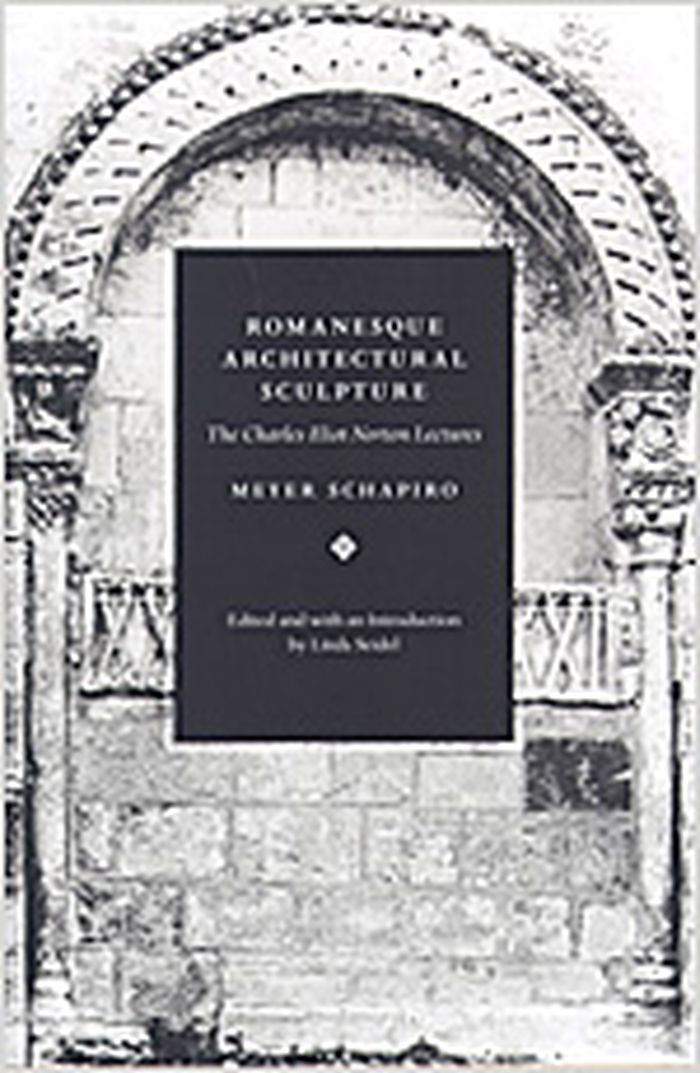$61.00
(available to order)
Summary:
Longtemps l'image du monde vue du haut des cieux - la vue aérienne - est restée inaccessible au commun des mortels, et donc mythique. "Notre histoire lue du ciel", troisième volume, est consacré aux Cathédrales, Temples et Mosquées : le monde chrétien avec ses premières basiliques au Moyen-Orient, la byzantine Sainte-Sophie de Constantinople, la cathédrale gothique de(...)
Notre histoire lue du ciel : cathédrales, temples & mosquées
Actions:
Price:
$61.00
(available to order)
Summary:
Longtemps l'image du monde vue du haut des cieux - la vue aérienne - est restée inaccessible au commun des mortels, et donc mythique. "Notre histoire lue du ciel", troisième volume, est consacré aux Cathédrales, Temples et Mosquées : le monde chrétien avec ses premières basiliques au Moyen-Orient, la byzantine Sainte-Sophie de Constantinople, la cathédrale gothique de Reims, la basilique baroque Saint-Pierre-de-Rome, les églises orthodoxes de bois en Russie, la cathédrale du futur de Brasilia au Brésil ; l'Asie bouddhiste et hindouiste avec Nara au Japon, le Bayon au Cambodge, le temple de Tanah Lot en Indonésie ; l'Islam avec la monumentale mosquée de La Mecque, le sublime mausolée du Taj Mahal en Inde, la Mosquée Bleue en Turquie, la Grande Mosquée de terre de Djenné au Mali.
History until 1900
Idée nationale et architecture en Europe, 1860 - 1919 : Finlande, Hongrie, Roumanie, Catalogne
$40.95
(available to order)
Summary:
Ce livre traite de la question des identités nationales entre 1860 et 1919. Cette époque, riche et contrastée pour l'histoire de l'Europe, est en même temps prémonitoire de la situation du continent aujourd'hui, ainsi que des espoirs, des angoisses et des incertitudes qui en résultent. C'est en effet le temps où chaque peuple rassemblant en son sein les moyens(...)
History until 1900
September 2006, Rennes
Idée nationale et architecture en Europe, 1860 - 1919 : Finlande, Hongrie, Roumanie, Catalogne
Actions:
Price:
$40.95
(available to order)
Summary:
Ce livre traite de la question des identités nationales entre 1860 et 1919. Cette époque, riche et contrastée pour l'histoire de l'Europe, est en même temps prémonitoire de la situation du continent aujourd'hui, ainsi que des espoirs, des angoisses et des incertitudes qui en résultent. C'est en effet le temps où chaque peuple rassemblant en son sein les moyens irrésistibles de développer et de nourrir une passion pour l'histoire nationale, l'essor éclatant des identités constitue les antagonismes qui débouchent sur la Première guerre mondiale. Ceux-ci préfigurent la désintégration de la carte européenne postérieure au traité de Versailles. Cette passion, qui touche tous les champs de l'histoire sociale, s'appuie sur les accomplissements nationaux déjà acquis auparavant, lors du premier XIXe siècle (1815-1860). Mais, contrairement à ces prémices cultuelles, marquées par l'essor des langues et des littératures le " second " XIXe siècle se caractérise par la floraison des architectures nationales, plus ou moins liées aux recherches de l'Art nouveau occidental et à la diffusion des Arts and Crafts britanniques. Il voit aussi, dans l'ordre politique, la montée des impérialismes, l'achèvement de l'unification italienne et allemande et le succès obtenu par plusieurs nations dans leur quête d'indépendance. Premier d'une série consacrée à la carte très disparate des identités européennes, cet ouvrage étudie quatre jeunes nations qui, en 1860, ne constituent pas des Etats, mais qui déploient toute leur créativité spirituelle, politique, diplomatique et artistique pour affirmer leur avenir. La Hongrie fait alors partie de l'Empire austro-hongrois, tandis que le Grand-Duché de Finlande appartient à la Russie. La Moldavie et la Valachie, dont naîtra plus tard la Roumanie, sont des principautés tributaires des Empires russe et ottoman. Intégrée au Royaume d'Espagne, la Catalogne se souvient, quant à elle, avoir été une grande nation prospère au Moyen Âge. Tout se passe comme si les nations d'Europe avaient convoqué leur riche passé - historique, mythologique ou imaginaire - pour mieux bâtir leur destin au cœur du continent. L'architecture et les projets urbains sont les lieux d'application privilégiés de ces quêtes. S'ils font office d'étendards, c'est parce que ces deux " arts " s'imposent au plus grand nombre et qu'ils modèlent les repères allégoriques et politiques des peuples. En somme, le paysage d'hier est l'emblème de l'Europe d'aujourd'hui.
History until 1900
La Chapelle expiatoire
$11.95
(available to order)
Summary:
Monument commémoratif dédié au souvenir de Louis XVI et de Marte-Antoinette, la Chapelle expiatoire a été édifiée entre 1815 et 1826, sur l'emplacement de l'ancien charnier révolutionnaire de la Madeleine, à l'endroit même où furent inhumés les souverains après leur exécution. Son créateur, Pierre François Léonard Fontaine, lauréat du grand prix de Rome en 1785 puis(...)
La Chapelle expiatoire
Actions:
Price:
$11.95
(available to order)
Summary:
Monument commémoratif dédié au souvenir de Louis XVI et de Marte-Antoinette, la Chapelle expiatoire a été édifiée entre 1815 et 1826, sur l'emplacement de l'ancien charnier révolutionnaire de la Madeleine, à l'endroit même où furent inhumés les souverains après leur exécution. Son créateur, Pierre François Léonard Fontaine, lauréat du grand prix de Rome en 1785 puis architecte de Napoléon réalisa ici une œuvre complexe, qui, tout en reflétant les goûts décoratifs de son époque, est riche des emprunts au monde antique, à la tradition classique française, mais aussi à l'Italie du Moyen Age et de la Renaissance. Cette œuvre subtile, longtemps déprisée pour des raisons politiques, est à redécouvrir comme une des réalisations les plus élégantes et sophistiquées du Paris du début du XIXe siècle.
History until 1900
Les pierres sauvages
$82.95
(available to order)
Summary:
Ce roman se présente comme le journal du maître d'œuvre qui, au XIIe siècle, édifia en Provence l'abbaye du Thoronet, exemple d'architecture cistercienne. Jour après jour, nous voyons ce moine constructeur aux prises avec la faiblesse des hommes et l'inertie des choses, harcelé par les éléments contraires, et, plus encore, par ses propres contradictions. La vie d'un(...)
Les pierres sauvages
Actions:
Price:
$82.95
(available to order)
Summary:
Ce roman se présente comme le journal du maître d'œuvre qui, au XIIe siècle, édifia en Provence l'abbaye du Thoronet, exemple d'architecture cistercienne. Jour après jour, nous voyons ce moine constructeur aux prises avec la faiblesse des hommes et l'inertie des choses, harcelé par les éléments contraires, et, plus encore, par ses propres contradictions. La vie d'un chantier médiéval, les problèmes techniques, financiers ou doctrinaux que posait sa bonne marche, les solutions d'une étonnante modernité qui leur furent données apparaissent ici bien peu conformes à ce Moyen-Age de convention dont l'image encombre souvent nos mémoires. Cependant, cette chronique de la naissance d'un chef-d'œuvre, appuyée à la fois sur des recherches historiques originales et sur une longue expérience du métier de bâtisseur, est aussi une réflexion sur les rapports du beau et du nécessaire, de l'ordre humain et de l'ordre naturel. Et elle est encore une méditation lyrique sur l'Ordre en lequel tous les ordres ont leur place, et sur cet art qui rassemble tous les autres : l'architecture. Mais elle est, d'abord, un acte de foi.
History until 1900
Where we lived : discovering the places we once called home, the american home from 1775 to 1840
$54.00
(available to order)
Summary:
What was life like when a dozen people lived in a house not much bigger than a modern garage ? When children were born at home, people were maried at home and, later, died, were laid out, mourned, and buried at home ? This book is about how early American families lived in these old houses and the range of their lives in them - from the impossibly wealthy to the(...)
Where we lived : discovering the places we once called home, the american home from 1775 to 1840
Actions:
Price:
$54.00
(available to order)
Summary:
What was life like when a dozen people lived in a house not much bigger than a modern garage ? When children were born at home, people were maried at home and, later, died, were laid out, mourned, and buried at home ? This book is about how early American families lived in these old houses and the range of their lives in them - from the impossibly wealthy to the unimaginably poor, from Boston and New York to the small farms and plantations of the rural South, from trim New England villages to the raw frontier "West" of Missouri, Ohio, and Illinois. Here is a look to date of how families lived at the dawn of the republic and how their houses shaped their lives.
History until 1900
$37.50
(available to order)
Summary:
Toward the end of the sixteenth century, and throughout the seventeenth, thinking in spatial terms assumed extraordinary urgency among Russia's ruling elites. The two great developments of this era in Russian history - the enserfment of the peasantry and the conquest of a vast Eastern empire-fundamentally concerned spatial control and concepts of movements across the(...)
Cartographies of tsardom : the land and its meaning in seventeenth-century Russia
Actions:
Price:
$37.50
(available to order)
Summary:
Toward the end of the sixteenth century, and throughout the seventeenth, thinking in spatial terms assumed extraordinary urgency among Russia's ruling elites. The two great developments of this era in Russian history - the enserfment of the peasantry and the conquest of a vast Eastern empire-fundamentally concerned spatial control and concepts of movements across the land. In "Cartographies of tsardom", Valerie Kivelson explores how these twin themes of fixity and mobility obliged Russians, from tsar to peasant, to think in spatial terms. She builds her case through close study of two very different kinds of maps: the hundreds of local maps hand-drawn by amateurs as evidence in property litigations, and the maps of the new territories that stretched from the Urals to the Pacific. In both the simple maps that local residents drafted and in the more formal maps of the newly conquered Siberian spaces, Kivelson shows that the Russians saw the land (be it a peasant's plot or the Siberian taiga) as marked by the grace of divine providence. She argues that the unceasing tension between fixity and mobility led to the emergence in Eurasia of an empire quite different from that in North America. In her words, the Russian empire that took shape in the decades before Peter the Great proclaimed its existence was a “spacious mantle,” a “patchwork quilt of difference under a single tsar” that granted religious and cultural space to non-Russian, non-Orthodox populations even as it strove to tie them down to serve its own growing fiscal needs. The unresolved, perhaps unresolvable, tension between these contrary impulses was both the strength and the weakness of empire in Russia.
History until 1900
$25.95
(available to order)
Summary:
This superb guide at last brings the work of Filippo Coarelli, one of the most widely published and best known scholars of Roman archeology and art, to a wide, English-language audience. Conveniently organized by walking tours and illustrated throughout with clear maps, drawings, and plans, Rome and Environs: An Archaeological Guide covers all of the city's ancient sites,(...)
Rome and environs: an archaeological guide
Actions:
Price:
$25.95
(available to order)
Summary:
This superb guide at last brings the work of Filippo Coarelli, one of the most widely published and best known scholars of Roman archeology and art, to a wide, English-language audience. Conveniently organized by walking tours and illustrated throughout with clear maps, drawings, and plans, Rome and Environs: An Archaeological Guide covers all of the city's ancient sites, and, unlike most other guides, now includes the major monuments in a large area outside Rome proper but within easy reach, such as Ostia Antica, Palestrina, Tivoli, and the many areas of interest along the ancient Roman roads. An essential resource for tourists interested in a deeper understanding of Rome's classical remains, it is also the ideal book for students and scholars approaching the ancient history of one of the world's most fascinating cities. Covers all the major sites including the Capitoline, the Roman Forum and the Imperial Fora, the Palatine Hill, the Valley of the Colosseum, the Esquiline, the Caelian, the Quirinal, and the Campus Martius. Two separate chapters discuss important clusters of sites-one on the area surrounding Circus Maximus and the other in the vicinity of the Trastevere, including the Aventine and the Vatican. Additional chapters cover the city walls and the aqueducts. Features 189 maps, drawings, and diagrams; an appendix on building materials and techniques; and an extensive bibliography.
History until 1900
Rome from the ground up
$42.95
(available to order)
Summary:
James H.S. McGregor traces the successive urban forms that rulers have imposed, from emperors and popes to national governments including Mussolini's. In archaeologists' and museums' presentation of Rome's past, he shows that the documenting of history itself is fraught with power and politics. In McGregor's own account, the power and politics emerge clearly, manifest in(...)
Rome from the ground up
Actions:
Price:
$42.95
(available to order)
Summary:
James H.S. McGregor traces the successive urban forms that rulers have imposed, from emperors and popes to national governments including Mussolini's. In archaeologists' and museums' presentation of Rome's past, he shows that the documenting of history itself is fraught with power and politics. In McGregor's own account, the power and politics emerge clearly, manifest in the distinctive styles and structures, practical concerns and aesthetic interests that constitute the myriad Romes of our day and days past.
History until 1900
A day in a Medieval city
$22.50
(available to order)
Summary:
An opportunity to experience the daily hustle and bustle of life in the late Middle Ages, "A Day in a Medieval City" provides a dawn-to-dark account of medieval life. A visual trek through the thirteenth and fourteenth centuries - with seasoned historian and expert on medieval iconography Chiara Frugoni as guide - this book offers a vast array of images and vignettes that(...)
A day in a Medieval city
Actions:
Price:
$22.50
(available to order)
Summary:
An opportunity to experience the daily hustle and bustle of life in the late Middle Ages, "A Day in a Medieval City" provides a dawn-to-dark account of medieval life. A visual trek through the thirteenth and fourteenth centuries - with seasoned historian and expert on medieval iconography Chiara Frugoni as guide - this book offers a vast array of images and vignettes that depicts the everyday hardships and commonplace pleasures for people living in the Middle Ages. "A Day in a Medieval City" breathes life into the activities of the city streets, homes, fields, schools, and places of worship. With entertaining anecdotes and gritty details, it engages the modern reader with its discoveries of the religious, economic, and institutional practices of the day. From urban planning and education to child care, hygiene, and the more leisurely pursuits of games, food, books, and superstitions, Frugoni unearths the daily routines of the private and public lives of citizens.
History until 1900
$50.00
(available to order)
Summary:
Linda Seidel has now expertly transcribed and edited Meyer Schapiro's 1967 lectures, presenting them for the first time to an audience beyond the halls of Harvard.
History until 1900
November 2006, Chacago / London
Romanesque architectural sculpture, the Charles Eliot Norton Lectures
Actions:
Price:
$50.00
(available to order)
Summary:
Linda Seidel has now expertly transcribed and edited Meyer Schapiro's 1967 lectures, presenting them for the first time to an audience beyond the halls of Harvard.
History until 1900

